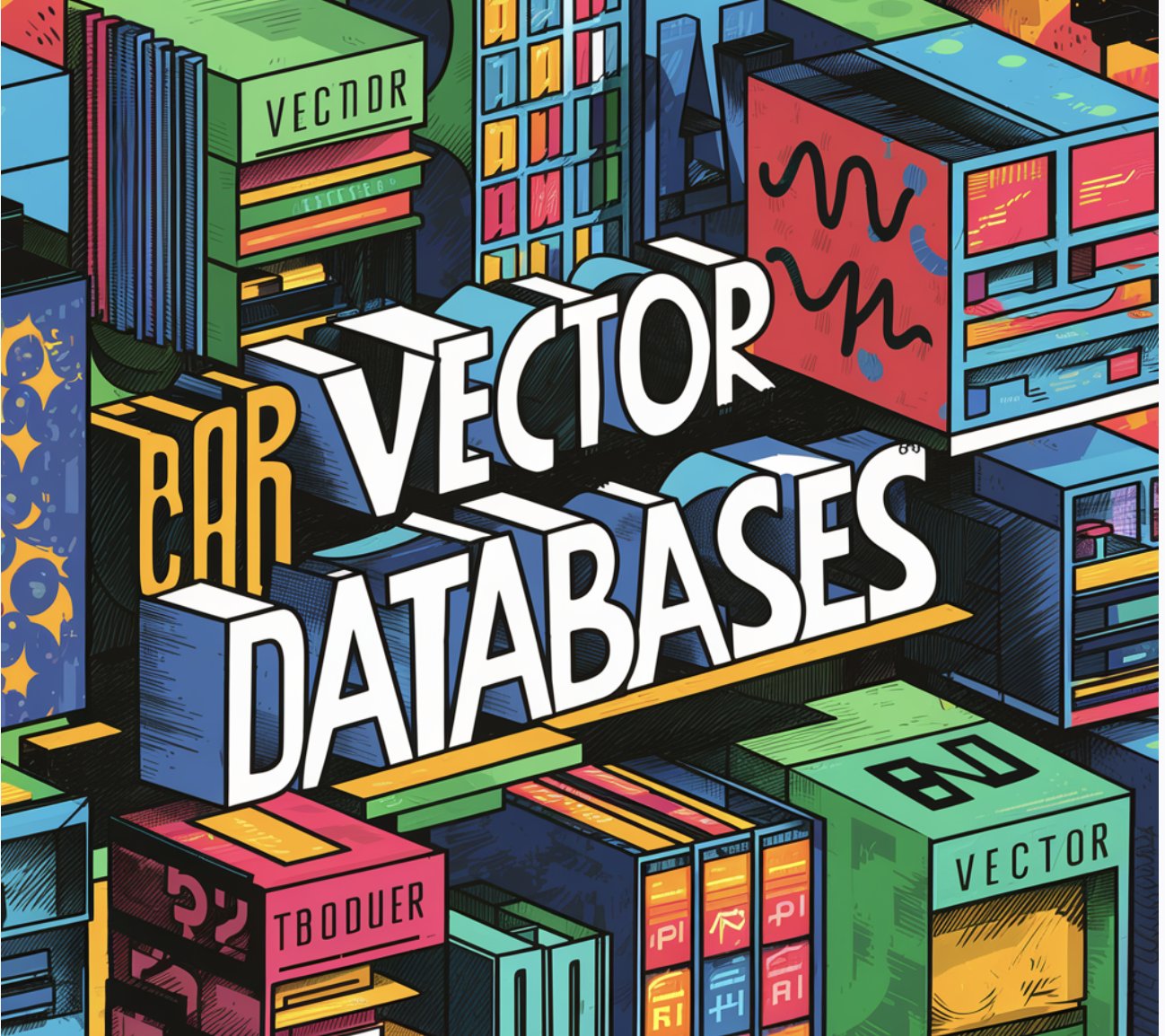
In the data management and retrieval landscape, vector databases have emerged as a revolutionary force, transforming how businesses and tech enthusiasts harness the power of complex, high-dimensional data. Let’s delve into the intricacies of vector databases, shedding light on their real-world applications and their profound impact on various industries.
Understanding Vector Databases
At its core, a vector database is designed to store, manage, and perform operations on vector data. Unlike traditional databases that deal with scalar values (like integers or strings), vector databases handle data in vector form. Each vector represents a data point in a multi-dimensional space, encapsulating the complexity of information ranging from simple numerical datasets to high-dimensional data like images, videos, and natural language text.
Why Vector Databases?
The advent of big data and machine learning has necessitated the development of storage and retrieval systems capable of efficiently handling complex, unstructured data. Vector databases meet this demand by offering:
- High-dimensional indexing and retrieval: They enable fast and accurate retrieval of similar items from large datasets, which is crucial for tasks like recommendation systems, image recognition, and more.
- Scalability and performance: Vector databases are built to scale horizontally, accommodating the exponential growth of data.
- Versatility: They support various data types, making them suitable for diverse applications.
Key Features of Vector Databases
- Similarity Search: They excel at finding the “nearest neighbors” in a dataset, essential for applications requiring similarity matching.
- Distributed Architecture: Many vector databases are designed with a distributed architecture, ensuring robustness and scalability.
- Integration with Machine Learning Models: They often come with built-in support for integrating machine learning models, facilitating advanced data analysis and predictions.
Use Cases: Transforming Industries with Vector Databases
In the e-commerce sector, vector databases power recommendation engines, helping businesses offer personalized product suggestions based on user preferences and behavior. This enhances the shopping experience and significantly boosts sales and customer retention.
- Healthcare and Life Sciences
Vector databases are instrumental in revolutionizing healthcare by enabling advanced medical imaging analysis and genomic data processing. They facilitate the identification of patterns and anomalies in medical data, contributing to more accurate diagnoses and personalized medicine.
In finance, vector databases underpin fraud detection systems by analyzing transaction patterns to identify potential fraud. They also play a pivotal role in algorithmic trading, where the ability to process and analyze large volumes of market data quickly can lead to more informed trading decisions.
- Technology and Social Media
Tech giants and social media platforms leverage vector databases for content moderation, sentiment analysis, and enhanced search functionalities. These databases help maintain platform integrity and improve user engagement by analyzing textual and visual content.
- Automotive and Manufacturing
Vector databases are at the heart of predictive maintenance in the automotive and manufacturing sectors. By analyzing sensor data, they can predict equipment failures before they occur, reducing downtime and maintenance costs.
Industry Impact and Future Prospects
The adoption of vector databases is rapidly growing across industries, driven by the need to manage and analyze complex, high-dimensional data. Their profound impact enables businesses to unlock new insights, innovate, and maintain a competitive edge.
- Enhanced Decision-Making: Vector databases facilitate data-driven decision-making by unveiling insights into customer behavior, market trends, and operational efficiency.
- Innovation and Product Development: By enabling the analysis of complex datasets, vector databases facilitate innovation in product and service development, opening up new avenues for growth and differentiation.
- Efficiency and Cost Reduction: The ability to process and analyze large volumes of data in real-time helps businesses optimize operations, reduce costs, and improve overall efficiency.
Conclusion
Vector databases represent a great advancement in data management and analysis, offering unparalleled capabilities to handle the complexities of modern data landscapes. Their use cases span industries, driving innovation, enhancing user experiences, and fostering data-driven decision-making. As technology evolves, the importance of vector databases increases, marking a new era in how data is stored, processed, and derived value. Their impact on various sectors underscores the transformative potential of this technology.
Hello, My name is Adnan Hassan. I am a consulting intern at Marktechpost and soon to be a management trainee at American Express. I am currently pursuing a dual degree at the Indian Institute of Technology, Kharagpur. I am passionate about technology and want to create new products that make a difference.





